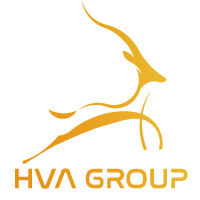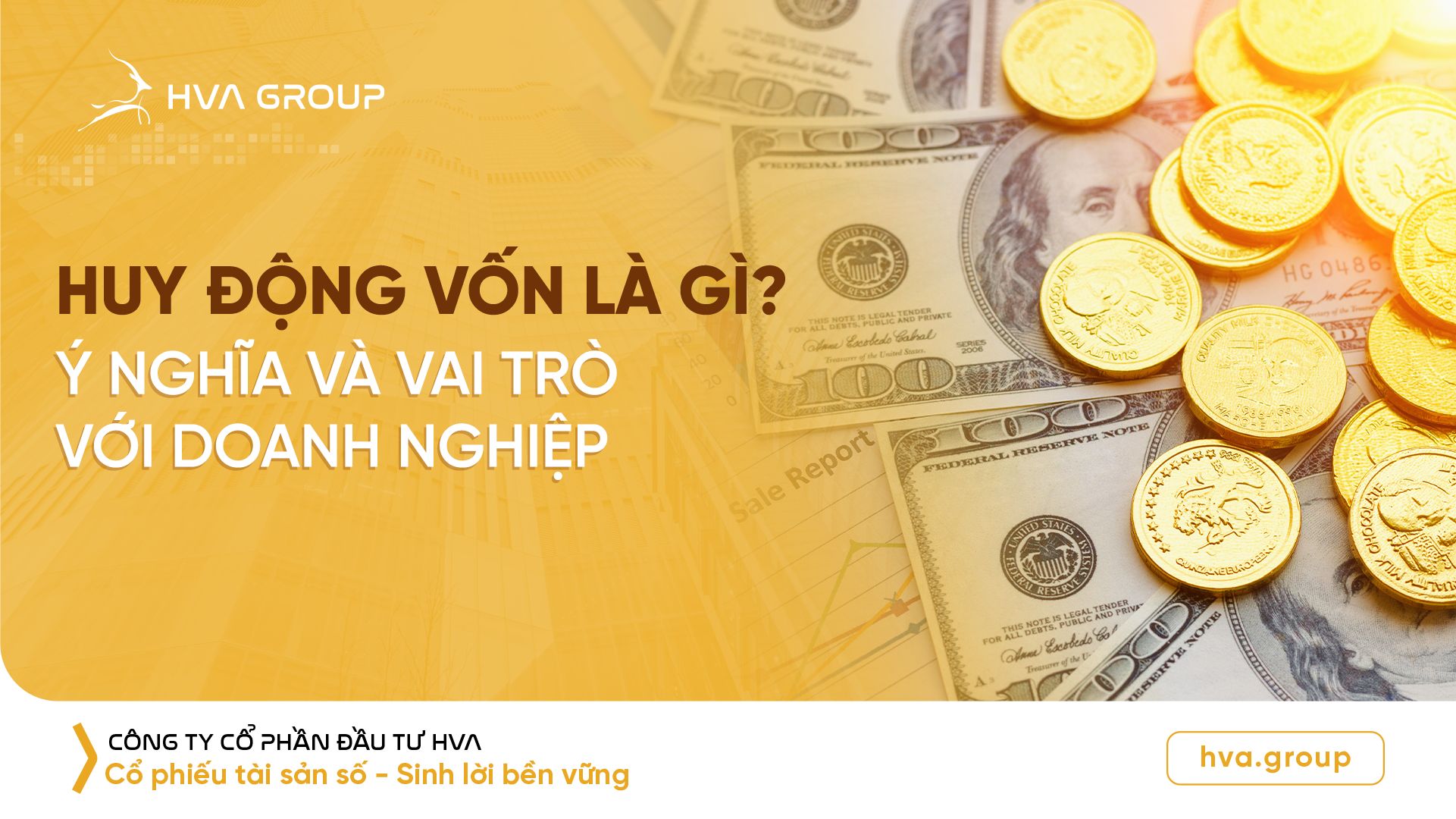HVA helps you better understand the calculation formula, advantages and disadvantages and how to apply it. discounted cash flow method through a real example right below this article.
What is discounted cash flow? Why do we need discounted cash flow?
Discounted cash flow (DCF) is an asset valuation method, commonly used to assess the value of a business, an investment project or an asset. This method is based on the basic principle: The present value of an asset is equal to the sum of the present values of all the future cash flows that the asset will generate.
Cash has different values depending on when it is received. For example, receiving $100 million today will have a different value than receiving $100 million in five years. This is because money earns interest, and inflation also reduces the value of money over time. Discounting cash flows allows us to bring all cash flows back to the same point in time (usually the present) for objective comparison and evaluation.

Discounted cash flow formula
The discounted cash flow formula is a core tool in asset valuation, especially businesses. The DCF formula can be expressed as follows:
DCF = ∑ (CFt / (1+r)^t) + Terminal Value
In there:
DCF: Discounted Cash Flow
CFt: Free cash flow in period t
r: Discount rate (WACC)
t: Period
Terminal Value: The final liquidation value of a business
Steps to value stocks using discounted cash flow
Basic steps to value stocks using discounted cash flow:
Free cash flow forecast
- Free cash flow: The amount of cash a company generates after meeting all financial obligations and investments necessary to maintain its operations.
- Direct method: Start with after-tax profit and adjust for items not related to operating activities.
- Indirect method: Start from net income and adjust items related to financing and investing activities.
Determine the discount rate (WACC)
- WACC: Is the weighted average cost of capital, reflecting the cost that a company has to pay to raise capital from different sources (stocks, bonds).
- Formula for calculating WACC:
WACC = (E/V) * Re + (D/V) * Rd * (1-Tc)
In there:
- E: Enterprise market capitalization
- D: Market value of debt
- V: Total capital value (E + D)
- Re: Shareholders' required rate of return
- Rd: Interest on debt
- Tc: Corporate income tax
Calculate the present value of cash flows
- DCF formula:
DCF = ∑ (CFt / (1+r)^t)
In there:
- CFt: Free cash flow in period t
- r: Discount rate (WACC)
- t: Period
Calculate liquidation value
- Liquidation value: Is the estimated value of a business at a point in the distant future.
- Calculation method: Either the steady growth model or the multiple method can be used.
Calculate current stock value
- Recipe:
Stock value = (Sum of present value of cash flows + Liquidation value) / Number of shares outstanding

Discounted Cash Flow Method Example
We want to value a startup company that is developing a new mobile application. After careful analysis, we predict that the company will have the following free cash flows over the next 5 years. Let’s assume that the WACC (discount rate) of this company is 12% and we estimate the liquidation value at year 5 to be 800 million VND.
How to calculate discounted cash flow through the following basic steps:
Step 1: Calculate the discount factor
- Discount factor = 1 / (1 + WACC)^n
- Example: Discount factor for year 1 = 1 / (1 + 12%)^1 = 0.893
Step 2: Calculate the present value of each cash flow
- Present Value = Free Cash Flow * Discount Factor
- Example: Present value of year 1 cash flow = -50 * 0.893 = -44.65 million VND
Step 3: Calculate liquidation value
- Current Liquidation Value = Future Liquidation Value / (1 + WACC)^n
- Example: Current liquidation value = 800 / (1 + 12%)^5 ≈ 450 million VND
Step 4: Calculate the total present value of the cash flows
- Add the present value of the cash flows and the liquidation value to get the present value of the business.
Step 5: Conclusion
- Through calculation using the discounted cash flow method, the current value of this startup company is about 514.71 million VND.

Compare the advantages and disadvantages of the discounted cash flow method
Discounted cash flow method (DCF) is a useful tool in the business valuation process, however this method also has its own advantages and disadvantages.
Advantages of DCF method
- Valuation: The discounted cash flow method helps investors assess the real value of a business based on the future cash flows that the business generates, regardless of short-term market fluctuations.
- Comprehensiveness: This method looks at the entire financial picture of the business, including current and future cash flows.
- Flexible: DCF can be applied to many different types of businesses and projects.
- Scientific basis: DCF is based on sound financial principles, helping investors make investment decisions based on logic.
Disadvantages of DCF method
- Forecast Dependency: The results of DCF depend heavily on the accuracy of future cash flow forecasts. If the forecasts are off, the results will be inaccurate.
- Complexity: DCF calculation requires a lot of specialized knowledge and complex financial tools.
- Sensitive to Assumptions: DCF results are sensitive to assumptions about discount rate (WACC), growth rate, and liquidation value.
- Difficult to apply to young businesses: Young businesses often do not have a stable business history, making cash flow forecasting more difficult.
- Does not reflect non-financial factors: DCF focuses primarily on financial factors, not taking into account non-financial factors such as management quality, brand reputation, etc.

Conclude
In short, discounted cash flow method (DCF) is a useful and flexible tool in stock valuation. HVA Investors are advised to combine the discounted cash flow method with other methods such as multiple comparison and technical analysis to make more comprehensive investment decisions.
The discounted cash flow formula provides an insight into the intrinsic value of a company, but investors should note that the results of this method depend greatly on the accuracy of the forecasts and assumptions. The example of the discounted cash flow method is only a small part of the process of evaluating a stock. To become a successful investor, investors also need to constantly learn and improve their knowledge and experience in valuing stocks using discounted cash flow.











